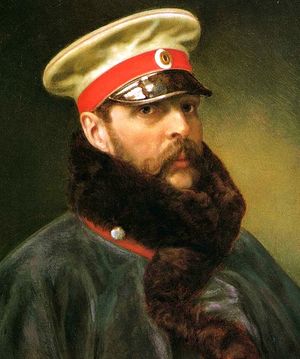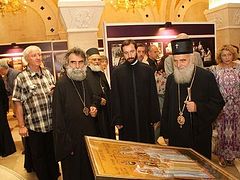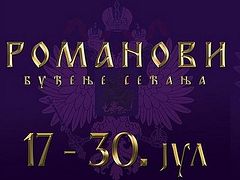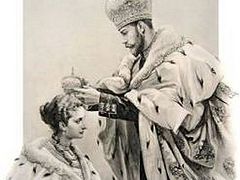Source: Royal Russia
April 29, 2016
On 29 April (O.S. 17 April), 1818 the family of Grand Duke Nicholas Pavlovich (future Emperor Nicholas I) and the Grand Duchess Alexandra Feodorovna (born Princess Charlotte of Prussia) welcomed a new son into the world. Alexander Nicholaevich was born in the Small Nicholas Palace, located inside the Moscow Kremlin. The older brothers of his father, Emperor Alexander I and Tsesarevich Konstantin, did not have any heirs in the male line, thus Alexander Nicholaevich was a long-awaited successor of the Romanov dynasty.
The future Emperor Alexander II was well educated. The famed Russian poet V. A. Zhukovsky was his mentor; among the tutors: public figure and statesman M. M. Speransky (legislation), geographer and ethnographer K. I. Arseniev (statistics and history), Archpriest Gerasimus Pavsky (religion and holy history), Finance Minister E. F. Kankrin (economy), diplomat F. I. Brunov (foreign policy), German botanist K. B. Trinius (natural history). Military instructor of Alexander was Captain K. K. Merder, the main educator – General P. P. Ushakov. The heir’s personality was formed under the influence of his father who wished his son to be a military man and also of his tutor who wanted to make the future monarch an educated man. Both influences left a deep mark on the heir’s character, inclinations, world outlook and impacted his reign. By nature Alexander had an excellent memory, a sober mind, was responsive and sympathetic, cheerful and benevolent.
From 1834 to 1842 Alexander Nicholaevich was sequentially made a member of the Senate, Holy Synod, State Council and Ministers Committee. In 1837 he travelled over the European part of Russia, visited Transcaucasia, and Western Siberia. In 1838-1839 he travelled over Europe. At the same time he was promoted in his military career. In 1836 he was given the rank of major general, in 1844 – of general, and in 1849 Alexander became the Head of military and education institutions. During the Crimea campaign of 1853-1856 when Petersburg province was declared in martial law, the heir to the throne commanded all the capital’s troops. In 1841 Alexander married Princess Marie of Hesse and by Rhine, known in Russia as Maria Alexandrovna.
In 1855 Alexander II mounted the throne and reigned until 1881. On 13 March (O.S. 1 March), the Emperor was mortally wounded by an explosive thrown at him on the Catherine Canal embankment in St. Petersburg.
Two years later, in October 1883, Emperor Alexander III issued a decree for the construction of the Church of the Saviour on Spilled Blood” (Cathedral of the Resurrection of Christ) on the place where Alexander II had been mortally wounded in St. Petersburg. The cathedral was built as a memorial to the emperor-reformer and a symbol of repentance of the Russian people of his murder.




